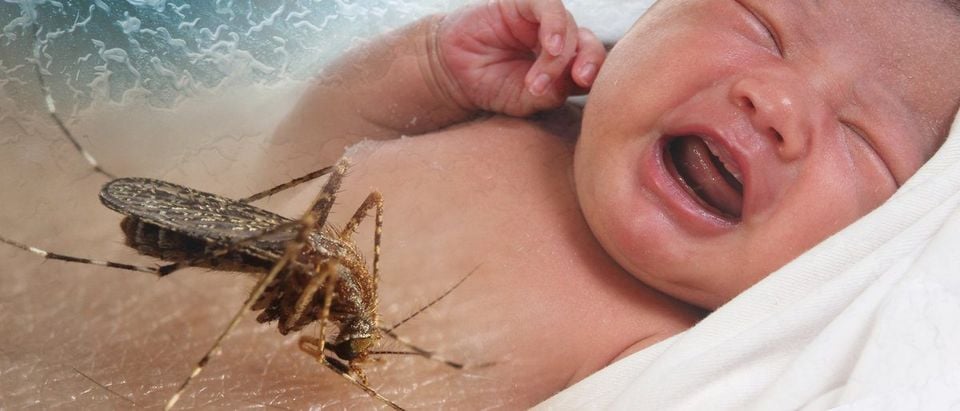The dreaded Zika virus is now in Asia and Africa, and U.S. public health officials have no idea where else it could spread.
Singapore already has 115 confirmed cases as of Wednesday, at least one of whom is a pregnant woman, according to government officials. Vietnam and the Philippines have also confirmed cases of the virus in their borders. In Africa, Angola, the Central African Republic and Guinea Bissau are seeing the virus’ effects.
“One of the things that we’re really struggling with is what’s going to happen in Asia and Africa? We really don’t know,” Dr. Tom Frieden, director of the Centers for Disease Control and Protection (CDC), told StatNews Thursday. “I’ve been running public health agencies for 15 years. We’ve done everything from post-9/11 anthrax to H1N1 [pandemic flu], SARS, MERS. This is really complicated.’’
Zika virus is more likely to spread in Asia and Africa than the U.S. since most people live behind air-conditioned doors, which mosquitoes have a hard time penetrating.
There are currently 2,722 cases of Zika virus confirmed in the continental U.S., as well as another 14,110 in American territories, according to the CDC’s most recent update published Wednesday.
Domestic Zika cases include 23 believed to be the result of sexual transmission, one that was the result of laboratory exposure, plus 35 new cases from local mosquitoes. The vast majority of the cases were from people who traveled to a Zika-prone country, such as Brazil.
Zika virus infections in pregnant women are directly linked to fetal deaths and microcephaly, a birth defect that causes babies to have abnormally small heads, according to the CDC. Some children born with microcephaly can live productive lives, but the infants most affected tend not to survive long. Laboratory studies confirmed the presence of Zika virus in the blood, tissue, brains and amniotic fluid of fetuses and babies diagnosed with microcephaly.
New research published in August scanned babies’ brains to determine how the virus affected them. Researchers found that Zika does far more damage to an infant’s brain than previously believed, targeting the parts of the brain that facilitate communication between the two hemispheres.
Most of the babies in the study had less visible, but no less serious, damage in the part of the brain that controls learning, memory and coordination. This suggests that Zika-infected babies who don’t have obvious initial symptoms may develop problems as they grow.
Zika creates clumps of calcium around blood vessels in the infant’s brain, which prevents parts from forming normally, and physically blocks or destroys connections to other areas of the brain. The virus tends to target the cerebellum and the basal ganglia, inhibiting movement, balance, speech and emotion.
Send tips to andrew@
All content created by the Daily Caller News Foundation, an independent and nonpartisan newswire service, is available without charge to any legitimate news publisher that can provide a large audience. All republished articles must include our logo, our reporter’s byline and their DCNF affiliation. For any questions about our guidelines or partnering with us, please contact licensing@dailycallernewsfoundation.org.


